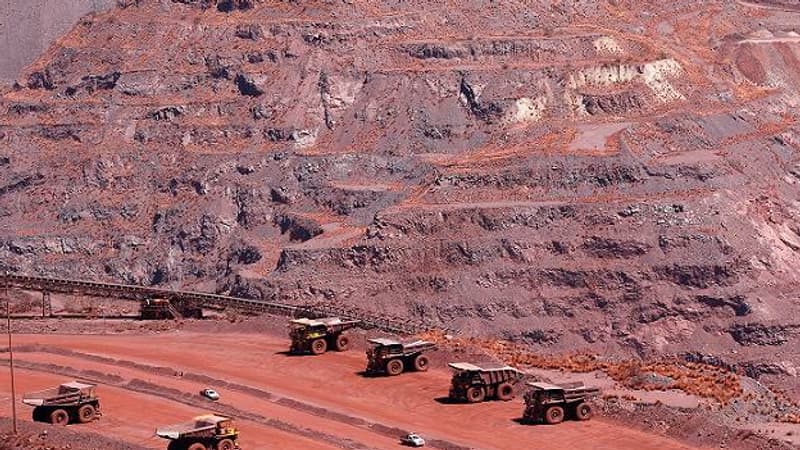It is located in Narva, in the northeast of Estonia, on the border with Russia: the largest rare earth magnet factory was inaugurated in September, but it has already been in operation for a few months. Belonging to the Canadian industrialist Neo Performance Materials and benefiting from financial support from the European Union of 14.5 million euros, the factory will mainly produce magnets that will be used in the manufacture of electric cars and wind turbines.
NPM aims to produce 2,000 tonnes per year initially, with the aim of reaching 5,000 tonnes per year in the next phase. The designer of rare earth-based magnetic products for electric and hybrid vehicle motors indicates that it wants to free itself from Chinese rare earths to secure its supply chain.
According to the Financial timesAccording to the head of Neo, completely freeing ourselves from Chinese sources is impossible, but it would be possible to produce 30% of the magnets outside of China. The raw materials used to manufacture the magnets come from Australian and Malaysian suppliers.
European autonomy
But, above all, this factory symbolizes the European desire to free itself from its dependence on China, which has a virtual monopoly on the market and concentrates 44 million tons of the world’s reserves of rare earths (out of a total of around 110 million tons). According to data from the Great Continent cited by the International Energy Agency, China represents 60% of rare earth mining, 91% of refining and 94% of magnet manufacturing.
A powerful negotiating lever in trade negotiations, particularly with the United States and the European Union, while the consumption of rare earths is expected to increase by around 8% annually, due to the increase in the production of electric and hybrid cars and wind turbines, indicates the CNRS. The EU seeks to strengthen its autonomy, an ambitious objective of the strategy to secure supply chains of critical materials: the Raw Materials Law, adopted in 2023.
chinese pressure
In recent months, China has tightened export restrictions. It implemented licenses for certain exports as early as April and reinforced these measures in early October, introducing new controls, this time on the export of technologies linked to extraction and production. Faced with these limitations, the EU, through the voice of the European Commissioner for Trade, Maros Sefcovic, announces that it wants to launch a “coordinated response” with the G7 partner countries.
Under the new rules imposed by Beijing, any material containing 0.1% Chinese rare earths will need an export authorization and defense applications will be systematically rejected. A real headache.
The 17 metallic elements that constitute the category of rare earths are today at the center of industrial issues and have become, according to the Geological and Mining Research Office, “an economic and even geopolitical asset.” Required in a large number of industries, from automotive to defence, wind turbines and smartphones, rare earths are present “everywhere on Earth”, indicates the CNRS, but “in very small quantities”. In Europe, in 2023 a strategic deposit was discovered in Sweden and work is underway to begin its extraction and exploitation. An additional resource to free you from Chinese fonts.
Source: BFM TV


